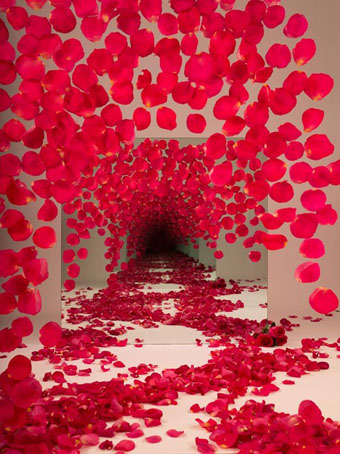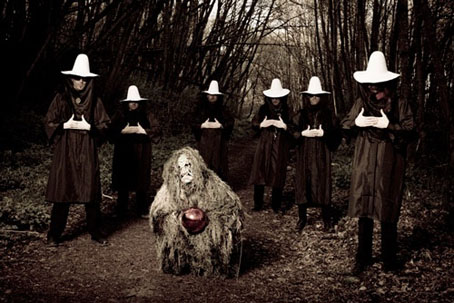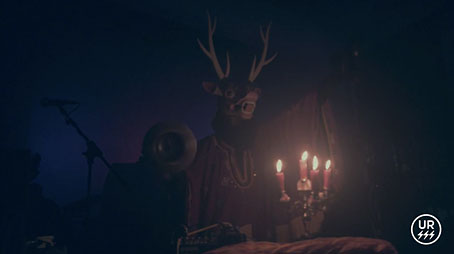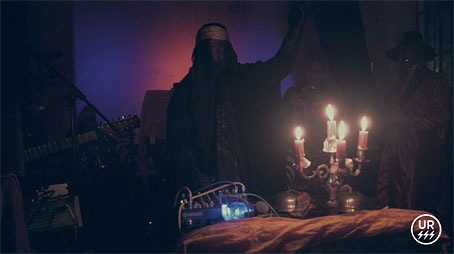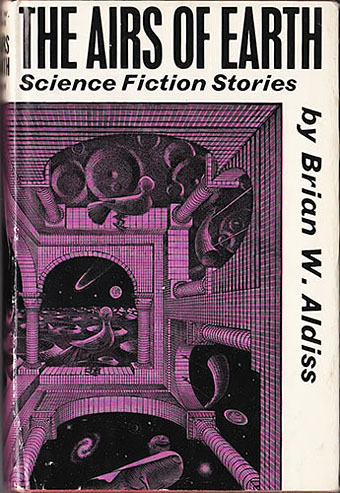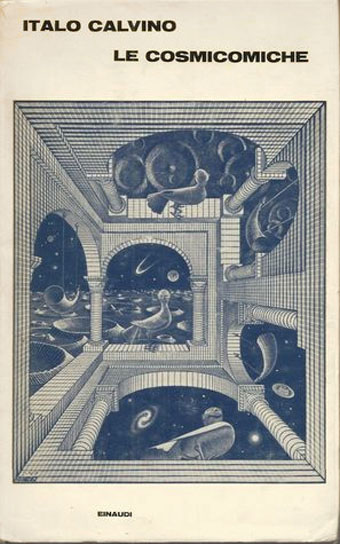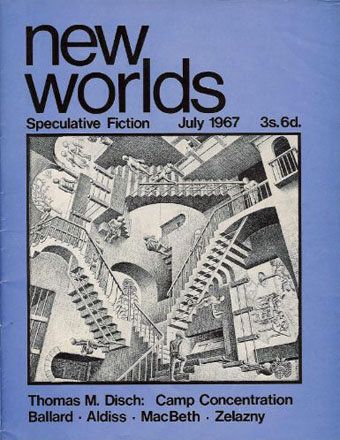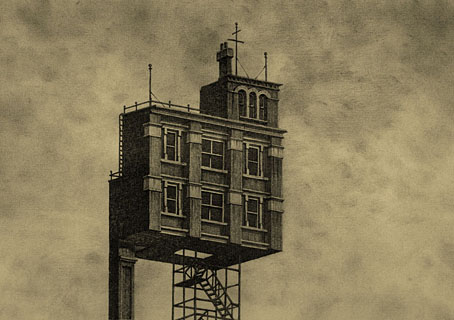The Deluge (1920) by Winifred Knights.
• Dennis Cooper‘s favourite fiction, poetry, nonfiction, film, music, art & internet of 2016 so far. (Thanks again for the nod to this blog!)
• At Literary Hub: Jonathan Russell Clark on Jorge Luis Borges, and Jon Sealy on why indie presses [in the US] are opening bookstores.
• “It’s not just about the music.” A conversation on the occult practices in the arts between poet Janaka Stucky and Peter Bebergal.
• Daisy Woodward talks to Andreas Horvath about Helmut Berger, Actor, a documentary about Visconti’s muse and lover.
• More Fritz Leiber: Brian J. Showers on his decision to republish Leiber’s horror novel, The Pale Brown Thing.
• Mixes of the week: Sextape 4 by Drixxxe, and Radio Oscillations #96 (Richard Pinhas/Heldon) by Iron Blu.
• The 5th Young One: Pay No Attention to the Girl Behind the Sofa; John Reppion on a television mystery.
• More reading suggestions: Cheerless beach reads for gloomsters and saddies by S. Elizabeth.
• Never the same film twice: Seances by Guy Maddin, Evan Johnson, Galen Johnson.
• How painter Winifred Knights became Britain’s “unknown genius”.
• The Journey & The Destination: An interview with Hawthonn.
• Robert Latona goes in search of the grave of Constance Wilde.
• Invisible by Day: photos by Mikko Lagerstedt.
• A Queer Lit Q&A with Evan J. Peterson.
• RIP Michael Herr and Bernie Worrell.
• Bridget Riley: The Curve Paintings.
• The typography of Blade Runner.
• SOS by Portishead
• A Rainbow In Curved Air (1969) by Terry Riley | The Great Curve (1980) by Talking Heads | Dangerous Curves (2003) by King Crimson


